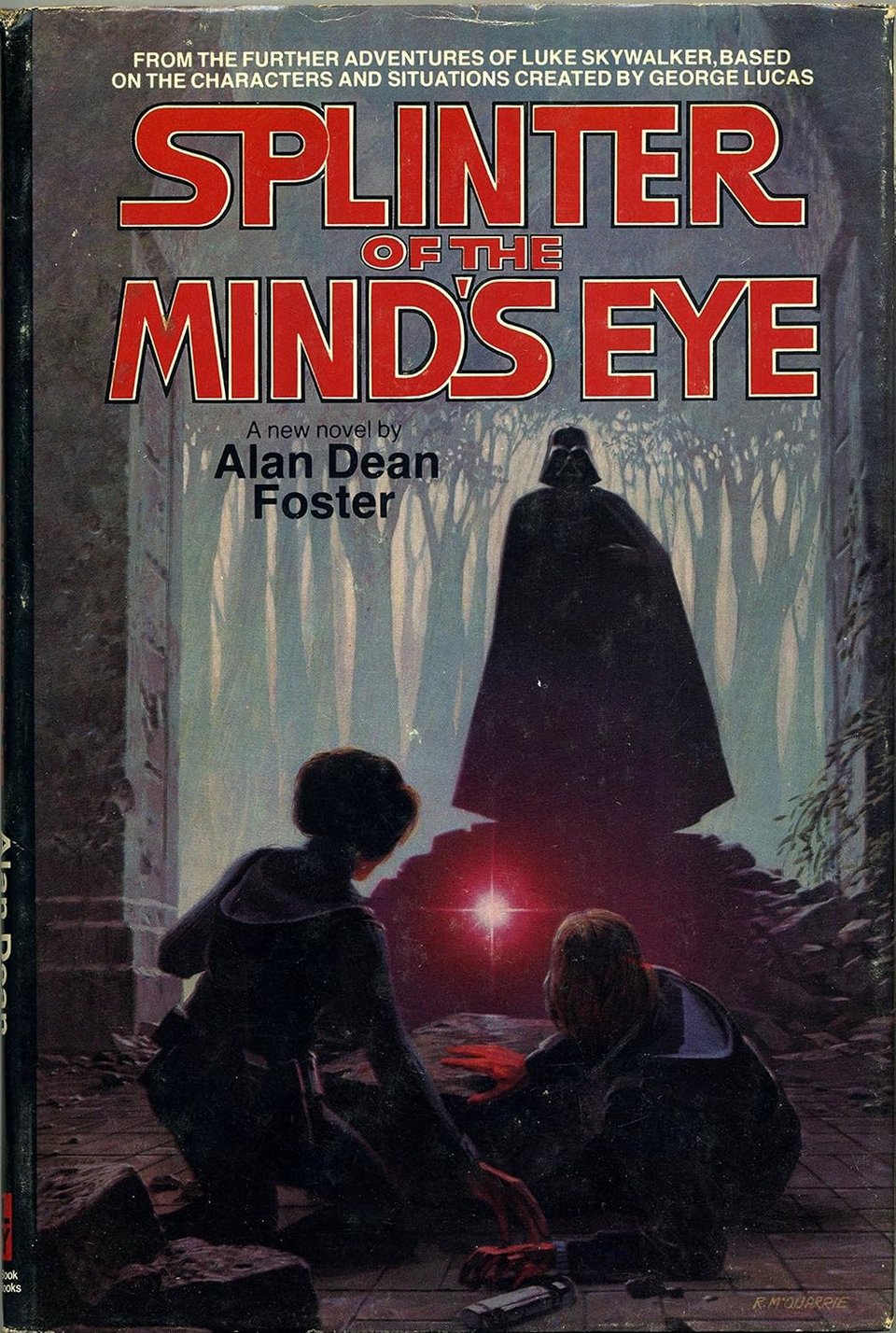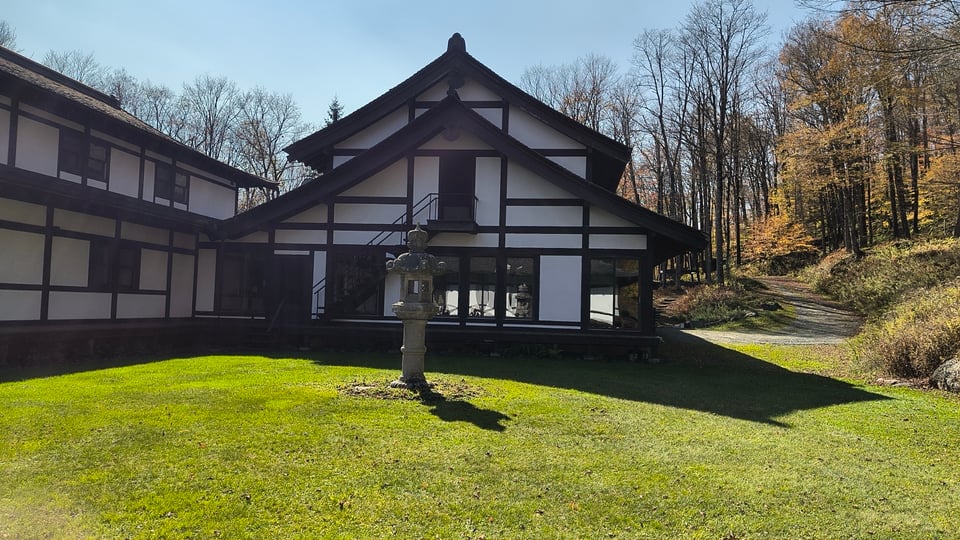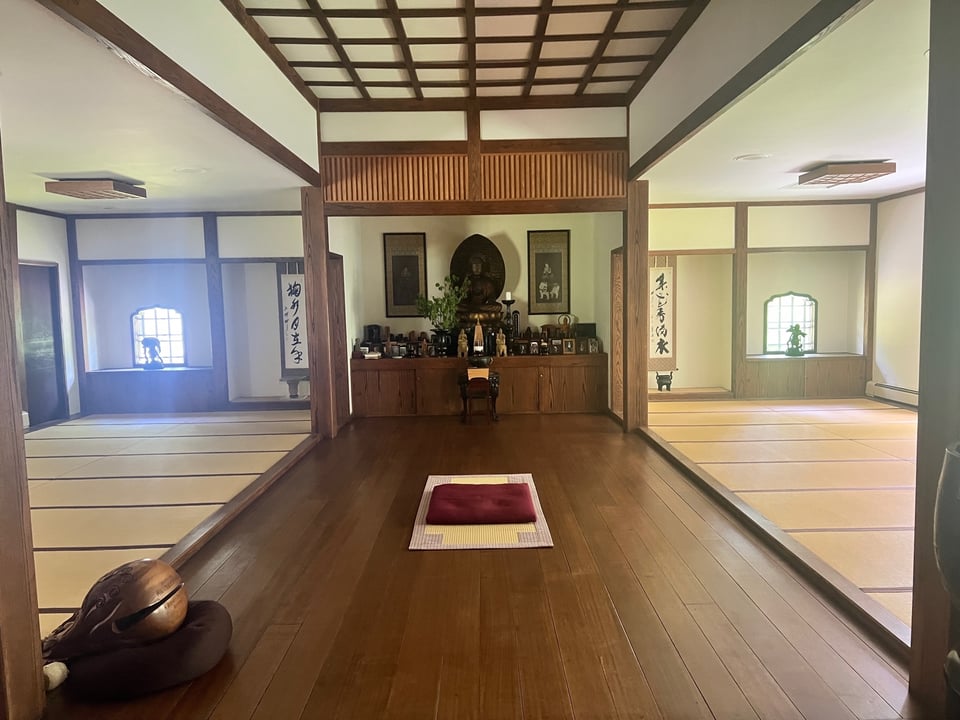A Long Time Ago... with Eric Goebelbecker
Hello there.
Welcome to A Long Time Ago… the fortnightly series where I ask a different guest to share with us a favourite Star Wars story and historical site. This started as a tie-in to my first piece of published writing, the article ART WARS for Star Wars Insider #226. The whole archive of my exploration of fourteen ancient art sites and every Star Wars story on my shelves can be found here.
Today, I hand over to Eric Goebelbecker!
Eric is the author of Shadows of the Past and Clouds on the Future, the first two books in a series about the aftermath of the Martian invasion in the H.G. Wells classic, The War of the Worlds. He’s currently working on the next book in the series, Murder in Soft Words, and a few fantasy stories that he won’t talk about yet.
Eric was lucky enough to inherit his father’s incurable curiosity about technology and a tremendous love of science fiction. Both led to a career repairing radars in the U.S. Army, followed by another as a programmer on Wall Street. Now, he writes about technology during the day while training dogs and writing sci-fi part-time.
In A Galaxy Far, Far Away…

Millions of words have been written about how much the first Star Wars movie changed the entertainment landscape. They tell us how it helped create the summer blockbuster. They explain how it set a new standard for special effects and, most critically, launched a multi-billion dollar fantasy franchise.
But things looked very different to a kid who turned fourteen the year the film formally known as “Star Wars” hit theaters. They were just plain frustrating because the movie was an all too brief peek into an epic universe.
I saw the movie three times that summer. I tracked down the Marvel comics, which were merely adaptations of the original movie. Then they went off in rather strange directions. (A buck-toothed humanoid rabbit in a red jumpsuit? Really?)
And for a very long time, at least as measured by that fourteen-year-old, there was nothing. Nichts. Zip. Nada. There was stuff I missed; I never saw the novelization of the first film, and none of my local papers carried the daily comic strip. So, other than tracking down the comics every month, all I could do was wait.
Then my dad brought home a copy of Splinter of the Mind’s Eye in the Spring of ‘78.
Splinter, the first original Star Wars novel, has Luke volunteering to accompany Leia on a diplomatic mission for the Rebellion. They crash land on a swamp planet and end up in a mining community that’s occupied by Imperial stormtroopers. From there, they’re sucked into a hunt for the Kaiburr crystal; a MacGuffin that foreshadows the kyber crystals that power lightsabers in the films. Eventually, Luke and Leia face Darth Vader, and even Leia gets a chance at dueling the Lord of the Sith in combat.
Nowadays, this story dwells in a liminal space between the “Legends” universe and the new continuity. A few key plot points make it nigh impossible to wedge into either timeline. But for me Alan Dean Foster’s classic will always rest in a hallowed place.
It was the first Star Wars novel. Nearly two hundred pages of world building! I read and reread this book that year, carting it around school in my backpack and even smuggling it into church one Sunday.
In Livingston Manor, New York, United States…

Dai Bosatsu Zendo opened its doors on July 4, 1976. That was the 200th Anniversary of the United States and a little less than ten months before the movie formerly known as Star Wars opened in theaters. I didn’t know about Dai Bosatsu or even Zen back then. I spent the morning of the fourth in New York City watching the “tall ships” sail down the Hudson to Liberty Island.
Forty-five years later, I visited Dai Bosatsu for the first time. I had spent much of that nearly half century dabbling in meditation, reading (and often completely misinterpreting) books about Zen. It took the pandemic and its unique combination of anxiety and free time for me to pursue formal practice. Practice that eventually took me to the monastery for a few sesshin: intensive meditation retreats that I still do twice a year.
Dai Bosatsu is a peaceful refuge perched on the shore of the highest lake in the Catskill Mountains, roughly 120 miles from Times Square in New York City. It’s an oasis of peace and introspection situated on the border of one of the busiest regions in the world.
It sits on 1400 acres of land purchased by Dorris Carlson, the widow of the man who invented electrophotography, the process used to copy documents in Xerox machines. She and her husband were both devout practitioners.
The first Star Wars movie owed a lot to Kurosawa’s The Hidden Fortress. It borrows heavily from the classic film’s plot and characters. One of the most obvious ones (aside from the kidnapped princess) is Obi-Wan: a former general in a long ago defeated army, similar to Rokurota Makabe in The Hidden Fortress. Rumor even has it that Lucas originally wanted Toshiro Mifune the man who played Makabe and another famous Zen practitioner, Musashi, to portray Obi-Wan.
And, of course, there’s the resemblance between the Jedi and the samurai. The parallels between them are exceedingly superficial, as are the similarities between Zen and the Force. But they are there, and it makes characters like Qui-Go n Jinn and Baylan Skoll just a bit more interesting for me.

Thank you so much Eric!
These posts come out every other Sunday so subscribe today to discover the next guest and their picks!
Cheers,
Harvey
